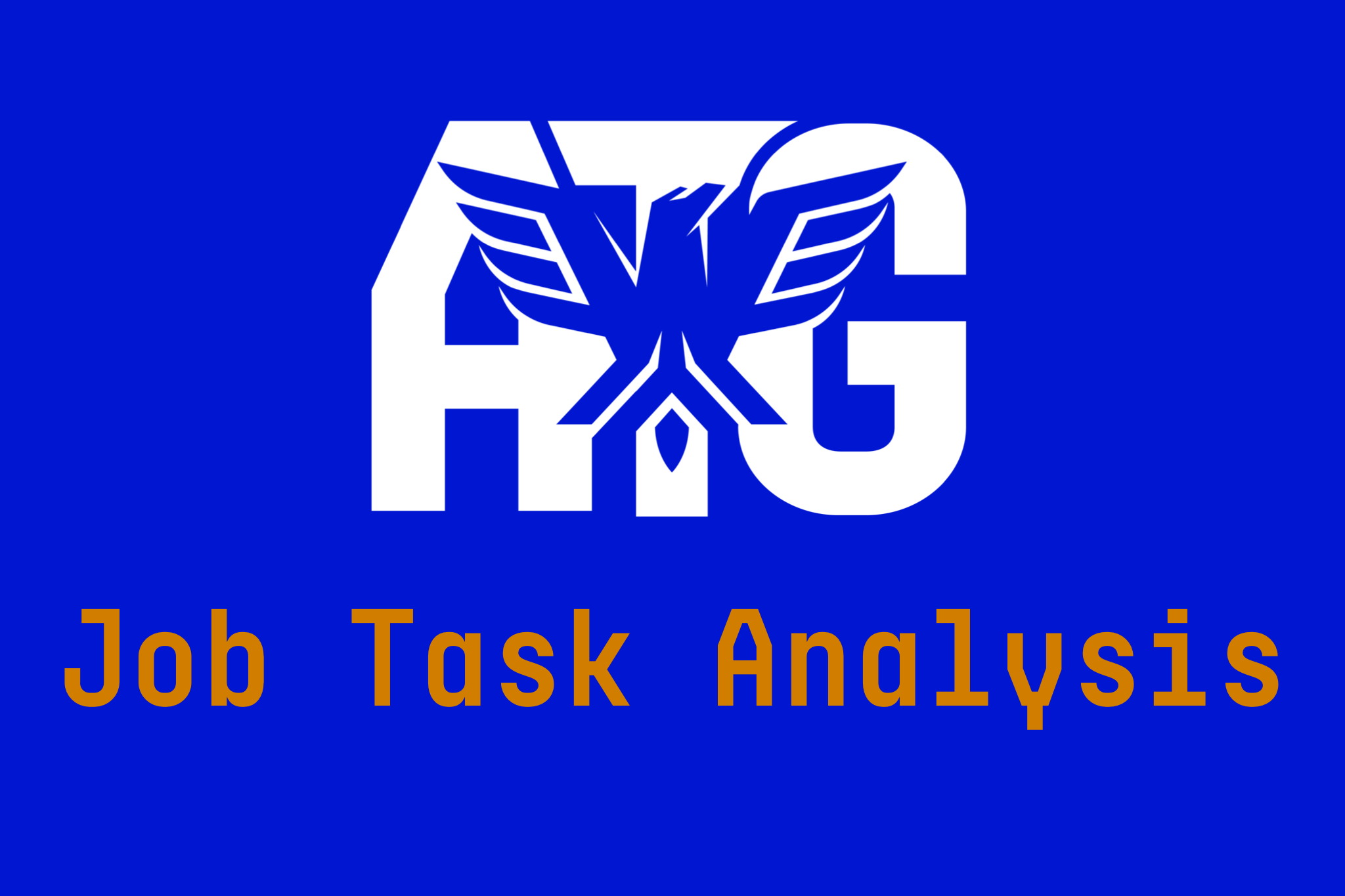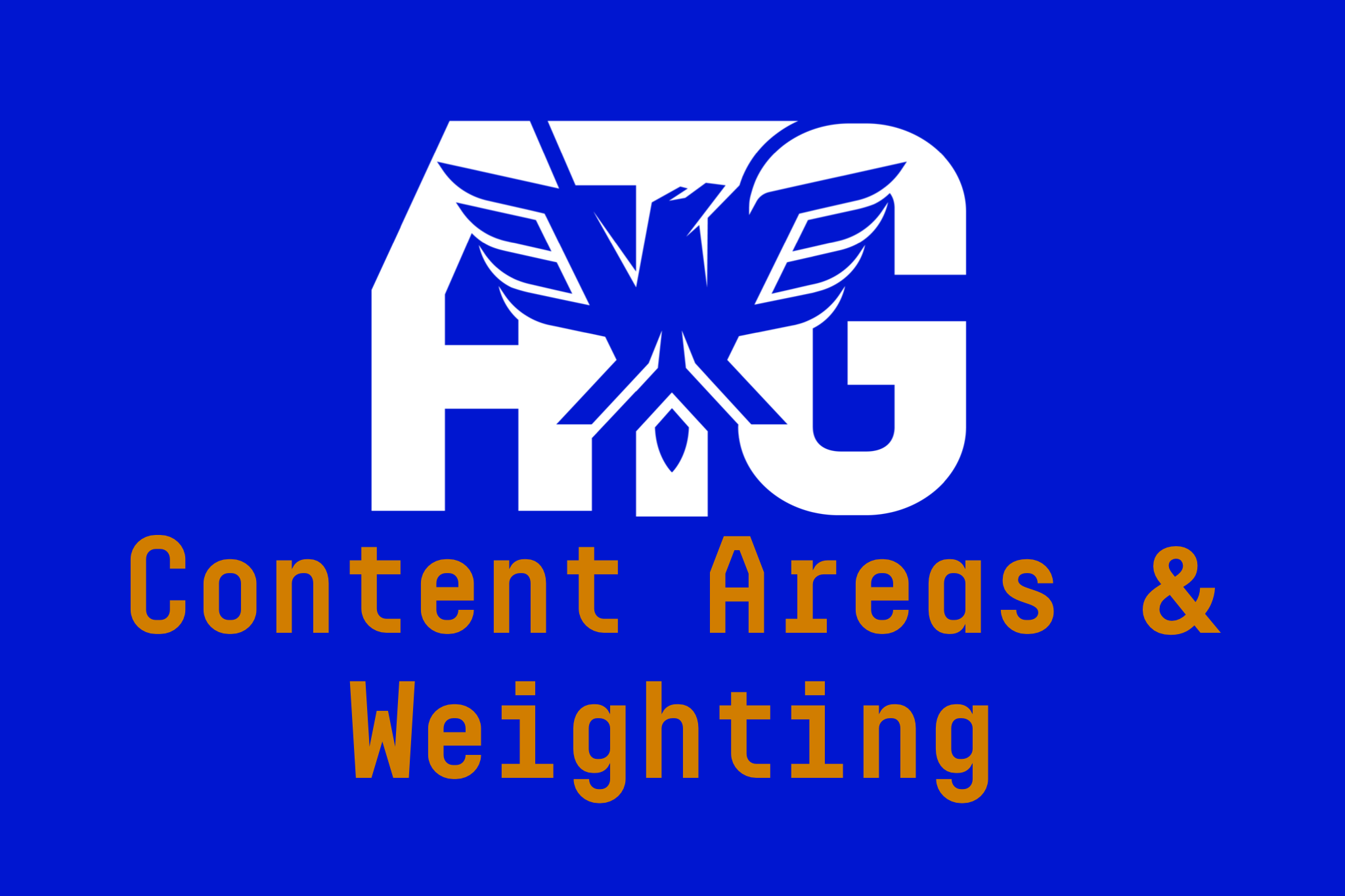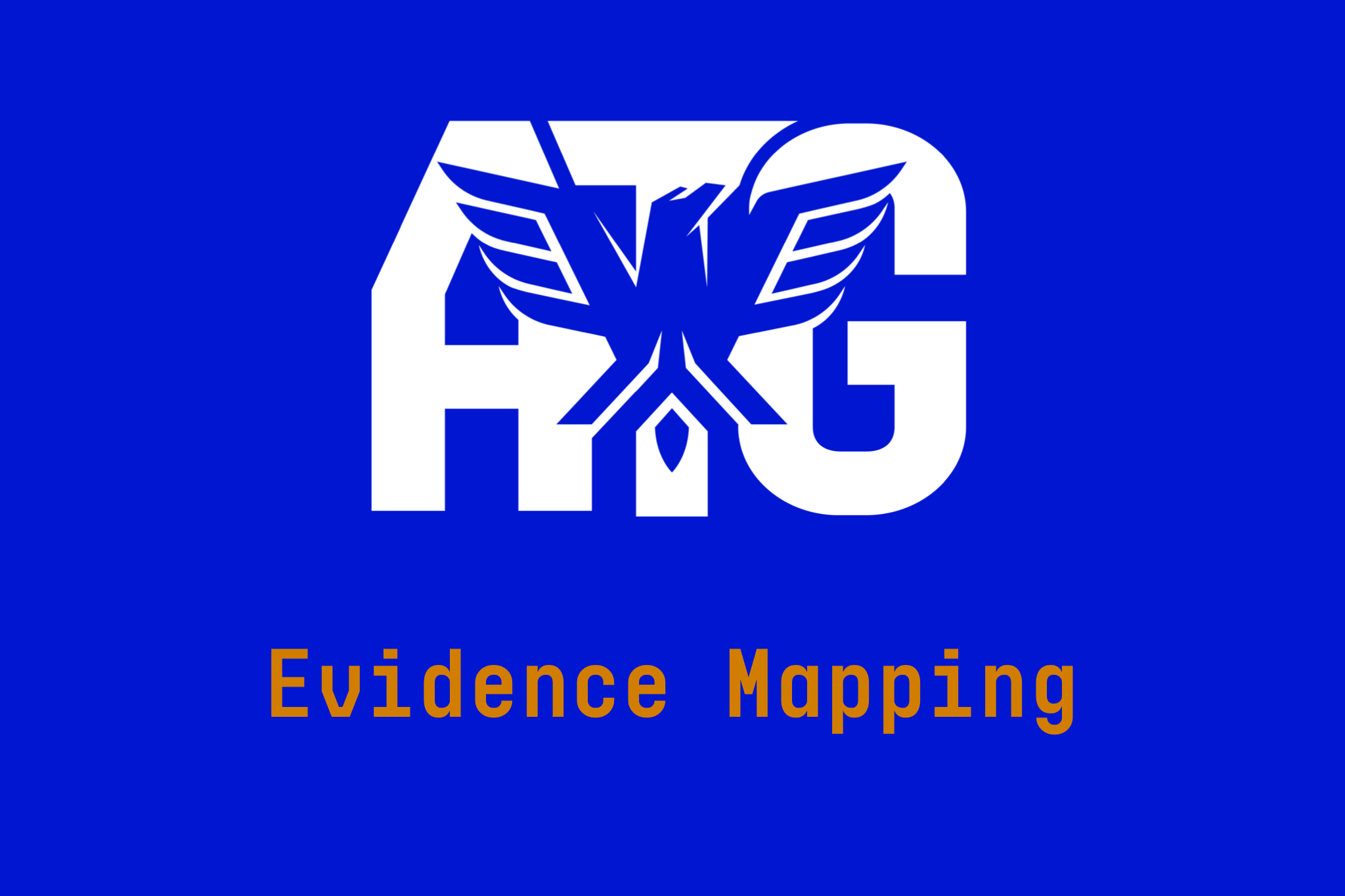Committee Executive Summary & Analysis
Tactical Satcom Specialist Credential




1. Job Task Analysis (JTA) Methodology
Market Research Phase
Our JTA began with comprehensive market research to identify core competencies required for Tactical Satcom Specialists:
Research Component
Job Posting Analysis
Industry Training Programs
Subject Matter Expert Consultation
Description
Collection and analysis of job postings from military contractors, defense organizations, and telecommunications companies
Review of training programs typically purchased by employers
Collection and analysis of job postings from military contractors, defense organizations, and telecommunications companies
Implementation Method
Research job boards for relevant postings<br>
Extract and catalog skill requirements<br>
Identify frequency of mentioned skills
Identify common training providers<br>
Analyze course catalogs and learning objectives<br>
Note certification requirements
Use expert outreach template<br>
Schedule consultation sessions<br>
Document insights using structured form
Evidence Documentation
Spreadsheet of analyzed job postings<br>
Summary report of skill frequencies<br>
Sample job descriptions with highlighted requirements
List of reviewed training programs<br>
Extracted learning objectives<br>
Alignment matrix of training to credential areas
Expert qualification records<br>
Consultation notes<br>
Summary of identified tasks and knowledge areas
Validation through industry feedback
To ensure our findings accurately represent industry needs:
Validation Method
Practitioner Surveys
Employer Consultations
Employment Outcome Assessment
Implementation Procedure
Send competency framework validation email<br>
Distribute job task validation form<br>
Collect and analyze responses
Identify hiring managers via LinkedIn/contacts<br>
Use employer consultation email template<br>
Document feedback on competency relevance
Contact recruiters using outreach template<br>
Collect feedback on credential employability<br>
Document responses
Documentation Requirements
Survey instrument<br>
Raw response data<br>
Analysis summary report
List of consulted employers<br>
Consultation notes<br>
Competency validation summary
Recruiter qualification records<br>
Feedback compilation<br>
Analysis of employment potential
Oversight Committee
We established a dedicated committee comprising industry practitioners, hiring managers, and subject matter experts:
Committee Function
Committee Formation
Review Process
Standard Maintenance
Implementation Procedure
Send committee invitation emails<br>
Document acceptances<br>
Schedule initial meeting
Submit questions for review quarterly<br>
Document feedback using committee form<br>
Track and implement approved changes
Conduct monthly check-ins using template<br>
Compile feedback from all members<br>
Document standard revision decisions
Documentation Requirements
Committee roster with qualifications<br>
Acceptance documentation<br>
Committee charter
Question review forms<br>
Committee feedback<br>
Change implementation log
Monthly check-in responses<br>
Compiled feedback reports<br>
Standard revision documentation
2. Content Areas & Weighting
Content Areas & Weighting
Based on our JTA, we identified the following key content areas for the Tactical Satcom Specialist role:
Research Component
Properties of Electromagnetic Waves
Properties of Electromagnetic Waves
Properties of Electromagnetic Waves
Properties of Electromagnetic Waves
Properties of Electromagnetic Waves
Properties of Electromagnetic Waves
Properties of Electromagnetic Waves
Properties of Electromagnetic Waves
Properties of Electromagnetic Waves
Description
1.1 Define key properties of EM waves, including frequency, wavelength, amplitude, and phase.
1.2 Describe how atmospheric conditions affect EM wave propagation, including attenuation, scattering, and refraction.
1.3 Explain polarization and its importance in satellite communication systems.
1.1 Define key properties of EM waves, including frequency, wavelength, amplitude, and phase.
1.2 Describe how atmospheric conditions affect EM wave propagation, including attenuation, scattering, and refraction.
1.3 Explain polarization and its importance in satellite communication systems.
1.1 Define key properties of EM waves, including frequency, wavelength, amplitude, and phase.
1.2 Describe how atmospheric conditions affect EM wave propagation, including attenuation, scattering, and refraction.
1.3 Explain polarization and its importance in satellite communication systems.
1.1 Define key properties of EM waves, including frequency, wavelength, amplitude, and phase.
1.2 Describe how atmospheric conditions affect EM wave propagation, including attenuation, scattering, and refraction.
1.3 Explain polarization and its importance in satellite communication systems.
1.1 Define key properties of EM waves, including frequency, wavelength, amplitude, and phase.
1.2 Describe how atmospheric conditions affect EM wave propagation, including attenuation, scattering, and refraction.
1.3 Explain polarization and its importance in satellite communication systems.
1.1 Define key properties of EM waves, including frequency, wavelength, amplitude, and phase.
1.2 Describe how atmospheric conditions affect EM wave propagation, including attenuation, scattering, and refraction.
1.3 Explain polarization and its importance in satellite communication systems.
1.1 Define key properties of EM waves, including frequency, wavelength, amplitude, and phase.
1.2 Describe how atmospheric conditions affect EM wave propagation, including attenuation, scattering, and refraction.
1.3 Explain polarization and its importance in satellite communication systems.
1.1 Define key properties of EM waves, including frequency, wavelength, amplitude, and phase.
1.2 Describe how atmospheric conditions affect EM wave propagation, including attenuation, scattering, and refraction.
1.3 Explain polarization and its importance in satellite communication systems.
1.1 Define key properties of EM waves, including frequency, wavelength, amplitude, and phase.
1.2 Describe how atmospheric conditions affect EM wave propagation, including attenuation, scattering, and refraction.
1.3 Explain polarization and its importance in satellite communication systems.
Weight
10%
10%
10%
10%
10%
10%
10%
10%
10%
Implementation Method
Identified as critical knowledge in 85% of job postings and confirmed by SME feedback
Identified as critical knowledge in 85% of job postings and confirmed by SME feedback
Identified as critical knowledge in 85% of job postings and confirmed by SME feedback
Identified as critical knowledge in 85% of job postings and confirmed by SME feedback
Identified as critical knowledge in 85% of job postings and confirmed by SME feedback
Identified as critical knowledge in 85% of job postings and confirmed by SME feedback
Identified as critical knowledge in 85% of job postings and confirmed by SME feedback
Identified as critical knowledge in 85% of job postings and confirmed by SME feedback
Identified as critical knowledge in 85% of job postings and confirmed by SME feedback
Evidence Documentation
Expert validation forms<br>
Job posting frequency analysis<br>
Committee review documentation
Expert validation forms<br>
Job posting frequency analysis<br>
Committee review documentation
Expert validation forms<br>
Job posting frequency analysis<br>
Committee review documentation
Expert validation forms<br>
Job posting frequency analysis<br>
Committee review documentation
Expert validation forms<br>
Job posting frequency analysis<br>
Committee review documentation
Expert validation forms<br>
Job posting frequency analysis<br>
Committee review documentation
Expert validation forms<br>
Job posting frequency analysis<br>
Committee review documentation
Expert validation forms<br>
Job posting frequency analysis<br>
Committee review documentation
Expert validation forms<br>
Job posting frequency analysis<br>
Committee review documentation
Content Area validation process
To validate and maintain the content area weights:
1. Initial Validation
Distribute content area validation form to SMEs using this template.
Content Area Validation Form
2. Ongoing Review
Include content area relevance in monthly committee check-ins
Document any suggestions for weight adjustments
Review weights annually based on compiled feedback
3. Documentation Requirements
Initial validation forms from minimum 5 SMEs
Committee meeting minutes discussing content weights
Annual review documentation of content area relevance
3. Assessment Design & Psychometric Validation
Test Blueprint Development
Using the JTA results, we created a test blueprint that:
Blueprint Component
Question-to-Task Mapping
Content Area Representation
Question Type Balance
Implementation Procedure
Create mapping matrix template<br>
Assign each question to specific job tasks<br>
Review mapping with committee
Calculate question distribution per content area<br>
Adjust as needed to match weight percentages<br>
Document final distribution
Categorize questions (knowledge, scenario, etc.)<br>
Ensure appropriate mix for comprehensive assessment<br>
Review balance with committee
Documentation Requirements
Complete mapping matrix<br>
Committee review notes<br>
Revision history
Content distribution spreadsheet<br>
Question classification by area<br>
Balance justification document
Question type inventory<br>
Committee review notes<br>
Balance rationale document
Psychometric Validation
Our assessment validation follows a practical approach appropriate for our industry context:
Implementation Activity
AI-Assisted Generation
Textbook Mapping
Expert Review
Implementation Procedure
Use advanced AI tools to generate initial questions<br>
Focus on specific job tasks<br>
Review and refine outputs
Select authoritative textbooks<br>
Identify relevant pages/sections for each question<br>
Document direct quotes supporting questions
Send questions to SMEs using review template<br>
Collect and document feedback<br>
Implement approved revisions
Item Development
Documentation Requirements
Generation prompt templates<br>
Raw question outputs<br>
Refinement notes
Textbook selection rationale<br>
Question-to-text mapping spreadsheet<br>
Annotated textbook excerpts
Expert review forms<br>
Feedback compilation<br>
Revision tracking log
Textbook Mapping Template:
Question ID: [ID]
Question Text: [Full text]
Content Area: [Area]
Textbook Reference: [Title, Author, Edition]
Page Number(s): [Pages]
Supporting Content: [Direct quote from textbook]
Relevance Notes: [How the content supports the question]
Alternatively - A textbook may be annotated to display the question and question ID
Psychometric Validation
Our assessment validation follows a practical approach appropriate for our industry context:
Implementation Activity
Expert Examination
Flagging System
Committee Review
Implementation Procedure
Identify suitable experts<br>
Use expert validation package<br>
Collect and compile ratings and comments
Implement question flagging mechanism<br>
Monitor flags from credential candidates<br>
Document all flagged questions
Submit flagged questions to committee<br>
Document review process<br>
Implement approved changes
2. Item Review
Documentation Requirements
Expert qualification records<br>
Completed validation forms<br>
Analysis of expert ratings
Flagging system specifications<br>
Flag tracking log<br>
Resolution documentation
Committee meeting minutes<br>
Review decision documentation<br>
Change implementation log
Question Flag Processing Template:
Flag Report Form
Question ID: [ID]
Flag Date: [Date]
Flag Type: [Technical Error/Unclear/Content Issue/Other]
Description: [Details of the issue]
Resolution: [Committee decision]
Implementation Date: [Date]
Alternatively - A question may be retired and replaced for quick resolution.
Psychometric Validation
Our assessment validation follows a practical approach appropriate for our industry context:
Implementation Activity
Performance Tracking
Problem Documentation
Difficulty Calibration
Implementation Procedure
Track pass/fail rates<br>
Monitor question-specific performance<br>
Identify statistically problematic questions
Document frequently missed questions<br>
Flag questions with unusual response patterns<br>
Review with committee quarterly
Send• Calculate and track question difficulty<br>
Ensure appropriate overall exam difficulty<br>
Make adjustments as needed
3. Basic Validation Measures
Documentation Requirements
Performance tracking spreadsheet<br>
Statistical analysis reports<br>
Trend analysis document
Problem item log<br>
Statistical outlier report<br>
Committee review documentation
Difficulty analysis report<br>
Calibration decision documentation<br>
Adjustment implementation log
Performance Tracking Template:
Question Performance LogQuestion ID: [ID]
Content Area: [Area]
Times Presented: [Count]
Correct Response Rate: [%]
Flag Frequency: [Count]
Last Review Date: [Date]
Actions Taken: [Any adjustments made]
Psychometric Validation
Our assessment validation follows a practical approach appropriate for our industry context:
Implementation Activity
Committee Standard Setting
Periodic Review
Decision Documentation
Implementation Procedure
Convene committee for standard setting session<br>
Use simplified Angoff method<br>
Document decision process
Review standards when issues are identified<br>
Document committee discussions<br>
Implement approved changes
Maintain records of all standard-setting decisions<br>
Document rationale for current standards<br>
Create audit trail of standard evolution
4. Standard Setting
Documentation Requirements
Standard setting meeting minutes<br>
Member input documentation<br>
Final cut score rationale
Review trigger documentation<br>
Committee discussion notes<br>
Standard adjustment log
Standard setting form<br>
Decision rationale document<br>
Historical standards log
Standard Setting Template:
Standard Setting Form
Date: [Date]
Committee Members Present: [Names]
Current Passing Score: [Score]
Issues Prompting Review: [Description]
Discussion Summary: [Key points]
Decision: [Maintain/Adjust to new score]
Rationale: [Explanation]
Implementation Date: [Date]
Psychometric Validation
Our assessment validation follows a practical approach appropriate for our industry context:
Implementation Activity
Sector-Specific Design
Specialized Requirements
Industry Representation
Implementation Procedure
Document aerospace/defense sector requirements<br>
Align questions with sector needs<br>
Review with sector specialists
Identify tactical satcom-specific elements<br>
Ensure assessment covers specialized knowledge<br>
Document unique considerations
Ensure committee includes diverse sector representation<br>
Document member industry backgrounds<br>
Maintain balance of perspectives
5. Relevance Assurance
Documentation Requirements
Sector requirements document<br>
Alignment analysis<br>
Specialist review notes
Specialized requirement list<br>
Coverage analysis<br>
SME validation of specificity
Committee composition document<br>
Industry background records<br>
Representation analysis
4. Textbook Alignment & Evidence Mapping
Evidence Mapping
Our assessment items are directly aligned with authoritative industry textbooks:
Implementation Activity
Annotated Textbook References
Content Validation Matrix
Reference Documentation
Implementation Procedure
Create question-to-textbook mapping spreadsheet<br>
Identify specific pages/sections<br>
Document direct quotes supporting each question
Create three-way mapping template<br>
Link questions, job tasks, and textbook content<br>
Review completeness of mapping
Compile textbook excerpts<br>
Highlight relevant content<br>
Add notes connecting to job tasks
Documentation Requirements
Complete mapping spreadsheet<br>
Textbook citation list<br>
Selection rationale document
Complete validation matrix<br>
Gap analysis report<br>
Committee review documentation
Annotated excerpts collection<br>
Highlighting rationale<br>
Job task connection notes
Content Validation Matrix Template
Content Validation Matrix
Question ID: [ID]
Question Text: [Text]
Content Area: [Area]
Job Task Alignment:
- Primary Task: [Task description]
- Secondary Tasks: [Related tasks]
- Task Importance Rating: [Rating from SME validation]
Textbook Alignment:
- Primary Reference: [Book title, page numbers]
- Supporting Quote: [Direct quote]
- Additional References: [Other sources]
SME Validation:
- Relevance Rating: [Average rating]
- Technical Accuracy Rating: [Average rating]
- Reviewer Comments: [Summary]
Last Reviewed: [Date]
Review Outcome: [Accepted/Modified/Rejected]
Textbook Selection and Documentation Process
Selection Criteria:
Industry-standard textbooks used in training programs
Technical manuals from equipment manufacturers
Military/government technical publications
Scholarly works on satellite communications
Documentation Method:
Physical highlighting and annotation
Digital PDF annotation
Page/section cross-reference database
Required Evidence:
Textbook selection rationale document
Complete question-to-textbook mapping
Sample annotated pages (minimum 20% of questions)
5. Ongoing Validation & Improvement
Ongoing Validation & Improvement
Our credential maintains relevance and validity through:
Implementation Activity
Annual Content Review
Performance Data Analysis
Committee Oversight
Industry Feedback Loop
Implementation Procedure
Schedule annual review meeting<br>
Use structured review template<br>
Document all discussions and decisions
Collect performance statistics quarterly<br>
Analyze trends and issues<br>
Document findings and recommendations
Schedule quarterly committee meetings<br>
Use structured agenda template<br>
Document all decisions and actions
Send monthly check-in surveys<br>
Compile and analyze responses<br>
Document impact on credential
Documentation Requirements
Review meeting agenda<br>
Attendance and minutes<br>
Decision implementation log
Statistical analysis reports<br>
Trend documentation<br>
Recommendation tracking
Meeting schedules<br>
Minutes and attendance<br>
Action item tracking
Survey templates<br>
Response compilations<br>
Implementation decisions
Monthly Committee Check-in Template
Subject: Monthly Tactical Satcom Specialist Standards Check-in
Dear [Name],
As part of our ongoing standards maintenance process, we're conducting our monthly check-in with our expert panel. Please take a moment to respond to these brief questions:
1. Have you encountered any new technologies, protocols, or practices in the past month that should be considered for inclusion in our standards? (Yes/No)
If yes, please briefly describe: _______________________
2. Are there any emerging resources (publications, training materials, etc.) that would be valuable for credential candidates? (Yes/No)
If yes, please share details: _______________________
3. Based on recent industry developments, are there any areas of our current standards that may need updating? (Yes/No)
If yes, which areas: _______________________
4. Optional: Any other feedback or observations from your recent professional experience?
_______________________
Thank you for your continued contribution to maintaining the relevance of the Tactical Satcom Specialist credential.
Regards,
[Your Company] Credentials Team
Annual Review Process and Documentation
Preparation Phase
Compile yearly performance statistics
Summarize committee feedback
Prepare content area analysis report
Review Meeting
Review credential performance metrics
Evaluate content area relevance
Assess question performance
Consider industry changes
Documentation Requirements
Annual review meeting minutes
Performance analysis report
Content update recommendations
Implementation plan
6. Implementation Timeline and Responsibility Matrix
Implementation Timeline
To ensure proper execution of this validation framework:
Phase
Initial Outreach
Framework Validation
Question Validation
Committee Formation
Ongoing Maintenance
Key Activities
Identify potential SMEs<br>
Send initial contact emails<br>
Track responses
Send competency framework<br>
Compile feedback<br>
Refine framework
Distribute validation package<br>
Collect and analyze responses<br>
Document item refinements
Send committee invitations<br>
Document acceptances<br>
Hold initial meeting
Monthly check-ins<br>
Quarterly reviews<br>
Annual comprehensive assessment
Timeline
Weeks 1-2
Weeks 3-4
Weeks 5-7
Weeks 8-9
Monthly,<br>
Quarterly,<br>
Annually
Responsible Parties
Credential Manager
Credential Manager,<br>
Subject Matter Experts
Credential Manager
Subject Matter Experts
Credential Manager
Committee Chair,<br>
Committee Members,<br>
Credential Manager
Documentation
Contact list<br>
Response tracking<br>
Follow-up log
Framework document<br>
Expert feedback<br>
Revision notes
Validation forms<br>
Analysis summary<br>
Refinement log
Committee roster<br>
Meeting minutes<br>
Process documentation
Check-in responses<br>
Review documentation<br>
Annual reports
7. Documentation Management System
Documentation Management System
To maintain organized validation evidence:
Documentation Type
Expert Qualifications
Validation Forms
Committee Records
Performance Data
Textbook Mappings
Revision History
Update Frequency
As new experts join
After each validation cycle
After each meeting
Quarterly
When questions change
With each change
Access Control
Credential Manager in Secure digital files
Credential Manager in Secure digital repository
Committee Chair or Credential Manager in Meeting management system
Credential Manager or Committee Chair in Secure database
Credential Manager in Secure digital repository
Credential Manager with Version control system
Document Retention Policy
All validation documentation maintained for minimum of 5 years
Committee records retained for the life of the credential
Expert information retained according to privacy requirements
Performance data maintained for statistical trend analysis
Appendices
Appendices
Appendix A: Job Task Analysis Survey Instrument and Results
Survey Implementation Instructions:
Distribute survey using the following template:
2. Tactical Satcom Specialist Job Task Analysis Survey
3.
4. Demographics:
5. - Current Role: _______________
6. - Years of Experience: _______
7. - Industry Sector: _______________
8.
9. Task Frequency Rating (Daily/Weekly/Monthly/Rarely/Never):
10.1. Configure and align tactical satellite terminals: _______
11.2. Troubleshoot signal issues: _______
12.[Continue with all identified tasks]
13.
14.Task Importance Rating (1-5 scale):
15.1. Configure and align tactical satellite terminals: _______
16.2. Troubleshoot signal issues: _______
17.[Continue with all identified tasks]
18.
19.Missing Tasks:
20.Please list any important tasks not mentioned: _______________
Documentation Requirements:
Minimum 10 completed surveys
Statistical analysis of ratings
Summary report of findings
Appendix B: Subject Matter Expert Qualifications and Input Summary
Expert Qualification Template:
Expert Qualification Record
Name: [Name]
Current Position: [Position]
Organization: [Organization]
Years in Field: [Years]
Specific Expertise Areas:
- [Area 1]
- [Area 2]
Relevant Credentials: [List]
Military Experience (if applicable): [Details]
Industry Experience Summary: [Brief description]
Contribution to Credential:
- Framework Review: [Yes/No]
- Question Validation: [Yes/No]
- Committee Membership: [Yes/No]
Appendix C: Item-to-Task Mapping Documentation
Mapping Documentation Instructions:
Create complete spreadsheet with columns:
Question ID
Question Text
Primary Task
Secondary Tasks
Content Area
Importance Rating
Include mapping visualization showing coverage distribution
Document any gaps or overlaps in coverage
Appendix D: Annotated Textbook References
Documentation Requirements:
For each question, provide:
Question ID and text
Textbook citation (title, author, edition, page)
Direct quote supporting the question
Highlighted copy of relevant page
Connection to job task
Organize by content area for easy reference
Appendix E: Psychometric Analysis Reports
Report Components:
Item difficulty analysis
Test reliability measures
Pass rate analysis
Item discrimination data
Problem item identification
Recommendations based on analysis
Appendix F: Committee Meeting Minutes and Decision Documentation
Minutes Template:
Tactical Satcom Specialist Credential Committee Meeting
Date: [Date]
Attendees: [List]
Agenda Items:
1. [Item 1]
2. [Item 2]
Discussion Summary:
[Detailed notes]
Decisions Made:
1. [Decision 1] - Vote: [Count]
2. [Decision 2] - Vote: [Count]
Action Items:
1. [Action] - Responsible: [Name] - Due: [Date]
2. [Action] - Responsible: [Name] - Due: [Date]
Next Meeting: [Date]